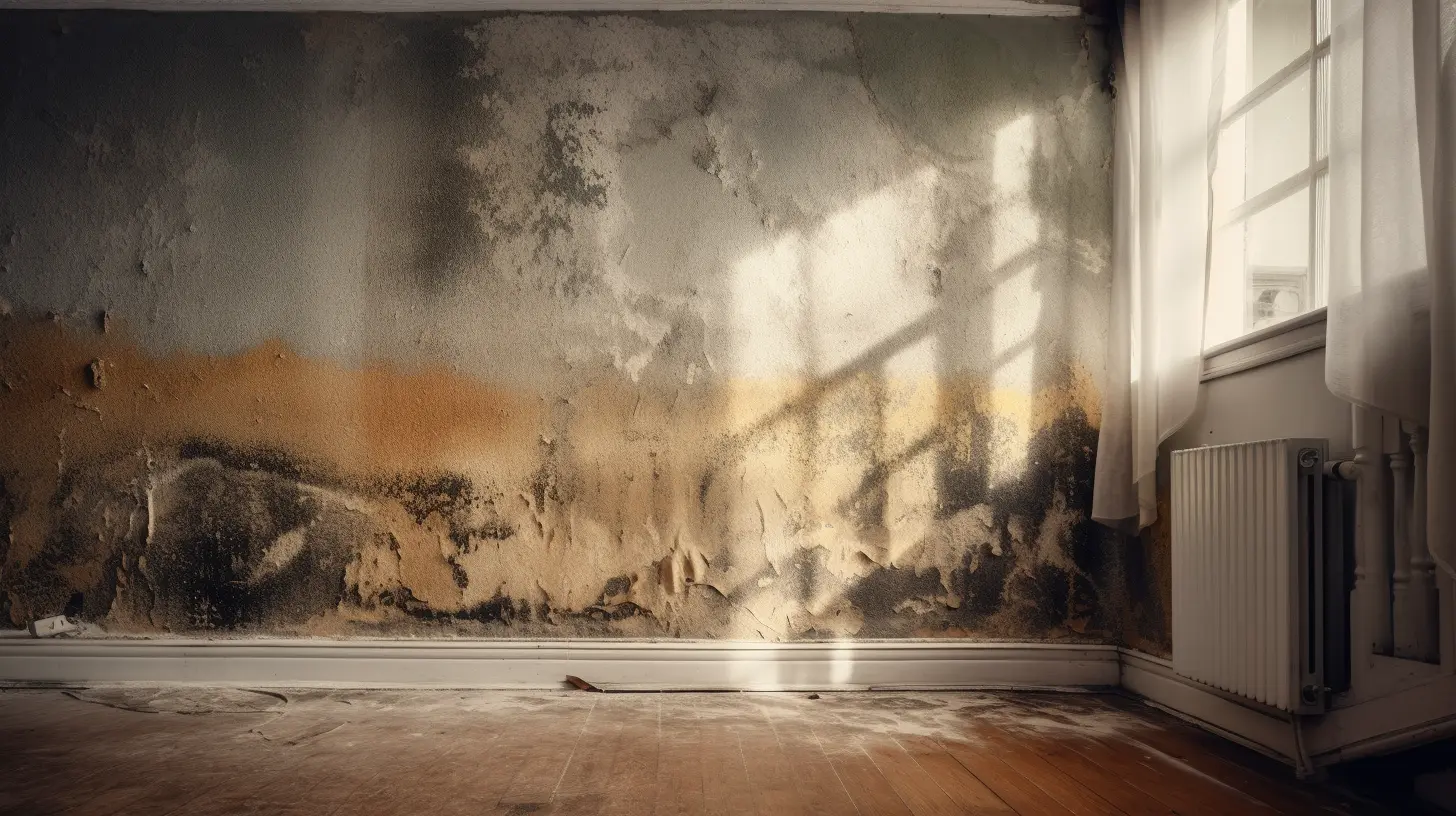Mold is a type of fungus commonly found in damp, dark environments. While some people may not be sensitive to mold, for others it can trigger severe allergic reactions. In this article, we will explore the symptoms of mold allergies and the importance of prevention and proper treatment.
4 factors to consider if you suspect you have a mold allergy
Mold often grows in damp, poorly ventilated areas, such as bathrooms, kitchens, basements, and outdoor spaces. If you have symptoms of mold allergies, it is essential to identify and eliminate any mold in your home to reduce exposure.
Mold Prevention
Prevention is key to avoiding mold allergy symptoms and associated health problems. Some steps you can take to prevent mold growth in your home include:
- Keeping humidity levels under control.
- Properly ventilate rooms.
- Repair any water leaks.
- Regularly clean mold-prone areas.
- Using dehumidifiers if necessary.
In addition, it is essential to regularly inspect your home for signs of mold and act quickly to eliminate it.
Mold Allergy Symptoms
Mold allergies can manifest themselves in many ways, from mild symptoms to more severe reactions. Some of the most common mold allergy symptoms include:
- Sneezing.
- Itchy eyes.
- Nasal congestion.
- Coughing.
- Difficulty breathing
- Skin irritation
These symptoms may be worse in environments where there is a higher concentration of mold, such as basements, bathrooms, or leaky areas.
Mold Treatment
If you are already experiencing mold allergy symptoms, it is crucial to seek proper treatment to alleviate your discomfort and prevent complications. Some treatment options include:
- Antihistamines to control allergy symptoms.
- Decongestants to relieve nasal congestion.
- Corticosteroids to reduce inflammation.
- Immunotherapy helps your body develop tolerance to mold.
Consult a professional
If you experience symptoms of mold allergies, it is crucial to consult a physician or allergist for an accurate diagnosis and appropriate treatment recommendations. The healthcare professional will be able to perform allergy tests to determine if mold is triggering your symptoms and provide you with the appropriate treatment to control your allergies.
In summary, mold allergies can be an annoying and potentially serious problem for some people. But, with proper identification, prevention, and treatment, it is possible to control symptoms and improve quality of life. If you suspect you may have mold allergies, don’t hesitate to consult a healthcare professional for help.
Now, at Fastfix, we are experts in mold damage restoration. We have the training and certifications to do so. It often requires equipment and materials that you don’t have access to to stay safe. Log on to our website and contact us. Let the professionals assess the situation for you. Our goal is to keep your family safe.



